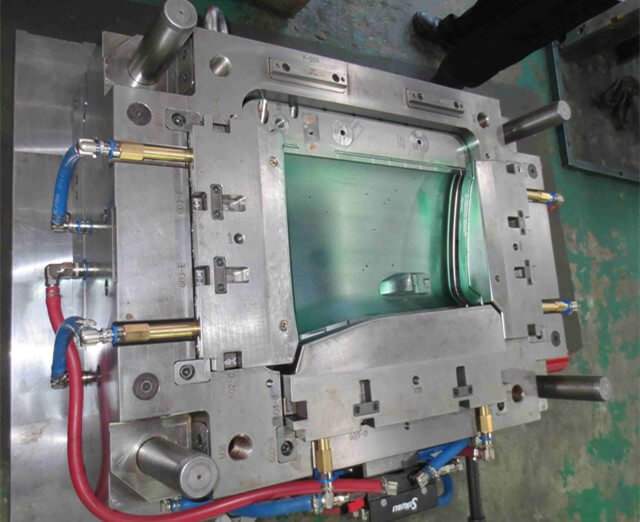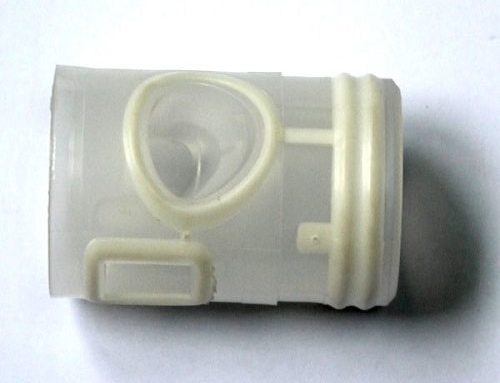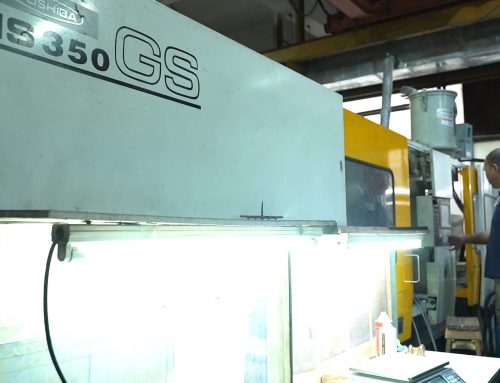After we get a product, don’t rush to parting, the most important thing is to check product structure, including drawing, thickness and other molding problems when mould manufacturing.
Of course, these may be difficult for a person who is just engaged in mould design and construction. Because they may not know how to be more suitable for mould design basics, it does not matter, just their daily accumulation of a process. When you have analyzed drawing, wall thickness, and where there is a reversal in the direction of die, you have basically known direction of parting surface of die, as well as location of gate, of course, these will ultimately be confirmed with customer.
Preparations before die design
Some people say that after moulding company have analyzed product structure, moulding company can start to design industrial molding. Answer is of course NO. In order to avoid detours in design, some items affecting mould design and construction must be confirmed. Details are as follows:
- Tonnage and type of injection moulding machine used by customers. If this confirmation is not good, you will not be able to confirm diameter of gate sleeve and diameter of positioning ring, size and position of ejection hole, depth of injection moulding machine into industrial molding, even size of mould frame, closing height and so on. You painstakingly designed a set of core-pulling die structure with oil cylinder, you also have a sense of achievement, but custom molding can not be produced to customers, because there are only electric injection moulding machines, and there is no additional neutron, it is estimated that you will feel like crying without tears at that time.
- Customer injection moulding machine code mode, commonly used are press plate code mode, screw code mode, hydraulic code mode, magnetic code mode and so on. Once this is confirmed, you will know whether it is necessary to design code screw holes or code slots when designing a custom molding.
- Problem points of products we have just analyzed, as well as product clamping, product material and shrinkage rate. Don’t take it for granted that shrinkage rate of PP plastic must be 1.5%, this must be confirmed with customers, to know what brand of materials they ultimately use for production, whether there are any modification materials added, and so on.
When conditions permit, it is better to be familiar with assembly relationship of product and use of product, etc. These information will be very helpful for future design of die structure. Because you know these, you will know which is the appearance, which is not appearance, which parts of drawing angle can be arbitrarily increased, which parts can not be changed. Even include structure of some products, if you understand actual assembly relationship and use of product, you know which inverted structure can be cancelled or changed to another simple form.
It must be remembered that moulding process is process of simplifying complex problems. I often see people proud of what a complex structure they have made, and I think it’s very ignorant. Because many product engineers may design some unreasonable structures because of their own experience problems. If they can’t correct them as downstream processes, they may always feel that design is not a problem. Then progress of our product engineers will be very slow.
External parameters of die waterway, oil circuit, circuit and gas circuit. Only after you know customer’s requirements before design can you design waterway oil pipeline and gas pipeline in a predictable way. Don’t work hard to design custom molding at that time. Later, you find that customer needs to connect oil pipeline in series within mold. If you change oil pipeline again, you will be half dead, because your waterway, top rod, screw or whatever are difficult to arrange.
Design sequence of these four routes is generally to ensure oil line first, because distribution of oil line should be balanced, especially die structure that needs cylinder ejection. If oil line is unbalanced, action of the cylinder ejection will be successive and easy to eject unbalanced. Of course, gear distributors can also be used, but that is more complicated. Secondly, waterway, because waterway to ensure cooling effect, uneven distribution will affect product quality and die life. Finally, it’s gas path and circuit. Order of placement on the industrial molding is that circuit is closest to TOP direction, then water and gas paths, and oil circuit connector is at the bottom.
Parting
Other unfinished matters. With this information in hand, we can begin to design industrial molding. Firstly, it is a partitioning process, which is estimated to be a favorite process for everyone. Because there is a sense of accomplishment in parting the model. Principle of pull-apart surface is that it is simple and good. It can be stretched out without scanning, or with other advanced commands. Secondly, when drawing parting surface, we should have a general view and simplify parting surface as far as possible. If it is not a precise die, those 0.1-0.5 interpolation potential can be avoided.
In addition, parting surface should follow a principle, that is, follow product trend as far as possible. That way, parting surface will be beautiful. In addition, when learning three-dimensional software, we must bear in mind that principle of each command is clear, then you know when to use that command. Sometimes it’s not that you don’t use software, it’s that you don’t learn to use it. Same command, experienced people will have many flexible uses, which is most obvious in UG. In a word, important thing is thinking, not tool itself.
When making parting surface, you only need to know that angle of interpolation surface can be large, area of interpolation surface can be large, and pillow can be wide. Fully consider parting surface you are pulling now, and after actual die is made in the future, will master in charge of flying model in the workshop scold you? If you don’t think you’re going to be scolded, OK, keep going. When you’re really scolded in the future, that’s your experience.





